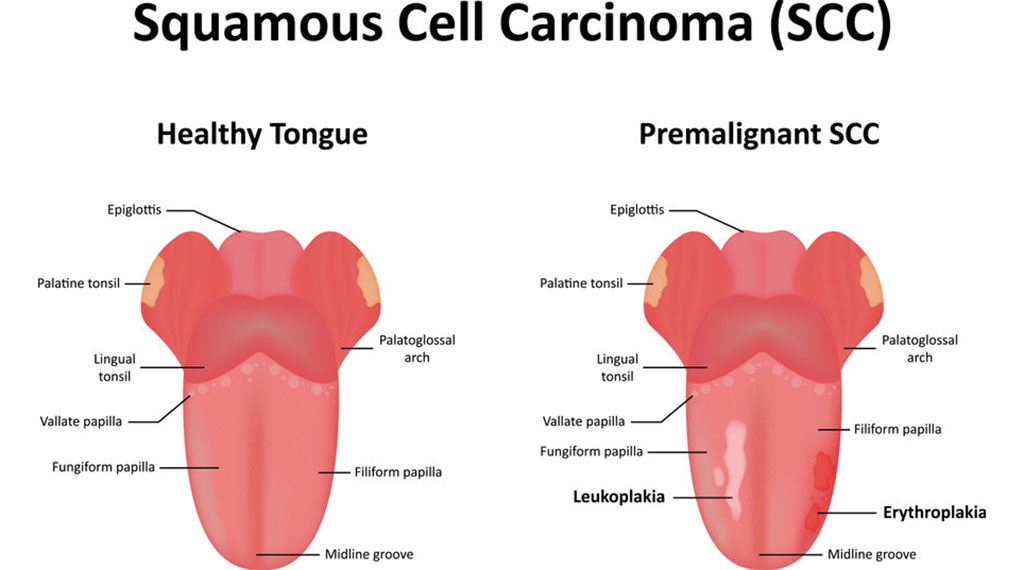A Minimally Invasive PCR Test for Diagnosis of Oral Cancer
Posted on 25 Mar 2022
A team of British researchers has adapted the PCR method - now well known for the detection of the COVID-19 virus - for the precise diagnosis of oral squamous cell carcinoma (mouth cancer).
Tissue biopsy is highly invasive procedure, but it remains the current practice for oral cancer diagnosis through the examination of histopathological samples. To reduce biopsy invasiveness without compromising diagnosis, investigators at Queen Mary University of London (United Kingdom) pioneered a multi-gene RT-qPCR (real-time quantitative polymerase chain reaction) method for oral cancer detection using only a tiny one cubic millimeter minimally invasive biopsy sample.

As a first step, the investigators reformulated their previously established multi-gene qPCR test, quantitative Malignancy Index Diagnostic System (qMIDS) with new genes involved in matrix/stroma and immune modulation of the tumor microenvironment. An algorithm was devised that calculated and converted a panel of 16 gene mRNA expression levels into a qMIDS index to quantify risk of malignancy for each sample.
The new 90-minute qMIDSV2 assay was validated in an oral squamous cell carcinoma (OSCC) cohort of 282 patients in the United Kingdom. Margin and tumor core samples demonstrated significantly better diagnostic performance compared to the previous qMIDSV1 assay. Performance of qMIDSV2 was independently validated in 35 Chinese and 95 Indian OSCC patients. In addition, five-year retrospective analysis on a group of 30 Indian dysplastic patients showed that qMIDSV2 was able to significantly differentiate between lesions without transformation and those with malignant transformation.
Senior author Dr. Iain Hutchison, professor of oral and maxillofacial surgery at Queen Mary University of London, said, "qMIDS dramatically improves our management of mouth cancer and its pre-cancerous state, saving lives and healthcare costs. Surgeons and dentists anywhere in the world can use this test for minimally invasive tissue samples because all it needs is a PCR machine and the technician who operates it. qMIDS will help us identify patients with pre-malignancies that will never transform to cancer, so they can be reassured and discharged from hospital review. Patients with high-risk premalignancy can have minor surgery to remove the lesion before it has transformed to cancer, thereby curing the patient and saving them major surgery, which in turn reduces health service costs. It is a powerful tool especially when used in conjunction with conventional histopathology assessment."
The PCR method for oral cancer diagnosis was described in the March 9, 2022, online edition of the journal Cancers.
Related Links:
Queen Mary University of London













